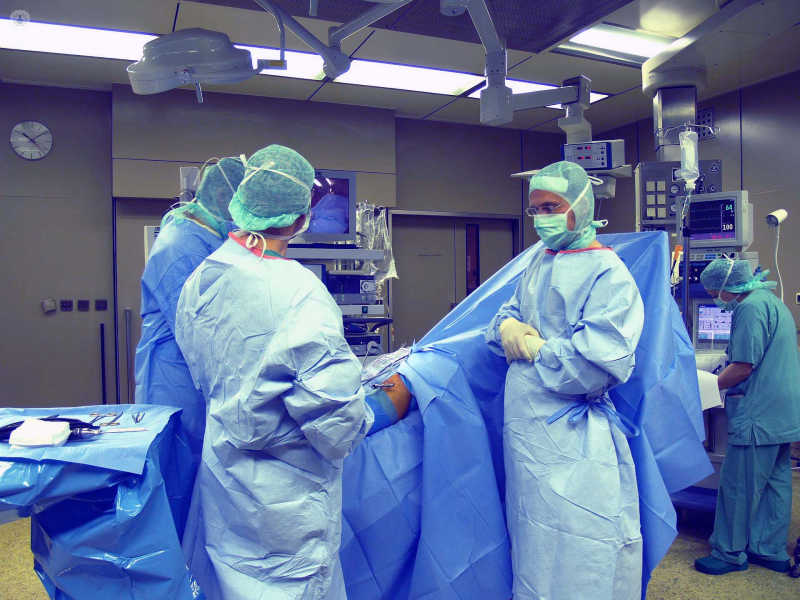The role of technology in Knee Surgery: How robotics and 3D printing enhance outcomes
Autore:Advancements in medical technology have significantly improved the field of knee surgery, offering patients better outcomes and faster recovery times. Two key innovations leading this change are robotics and 3D printing. These technologies have revolutionised knee surgery by enhancing precision, personalisation and overall surgical success. Leading consultant sport and arthroplasty knee surgeon Mr Fahad Siddique Hossain provides a detailed insight to this, in this article.

Robotics in knee surgery
Robotic-assisted knee surgery utilises advanced computer systems and robotic arms to assist surgeons in performing precise and accurate procedures. Here’s how robotics is transforming knee surgery:
- Preoperative planning: Before surgery, detailed 3D images of the patient's knee are created using CT or MRI scans. These images help surgeons plan the procedure with great accuracy.
- Increased precision: During surgery, robotic systems guide the surgeon's instruments, ensuring highly precise bone cuts and implant placements. This precision reduces the risk of human error and improves the alignment of knee components.
- Improved outcomes: Robotic-assisted surgery often results in better outcomes, including improved joint function and longevity of the implants. Patients typically experience less pain and quicker recovery times compared to traditional methods.
- Customisation: Robotics allows for personalised treatment plans tailored to the specific anatomy of each patient, ensuring a better fit and more natural knee movement post-surgery.
3D printing in knee surgery
3D printing, or additive manufacturing, has introduced new possibilities in creating customised surgical tools and implants. Here’s how 3D printing enhances knee surgery:
- Custom implants: 3D printing enables the creation of custom knee implants designed to fit the exact dimensions of the patient’s knee. They offer a better fit and more natural movement. Furthermore, they reduce the risk of complications and improve overall outcomes.
- Surgical guides: 3D-printed surgical guides are used to assist surgeons during the procedure. These guides are tailored to the patient’s anatomy, helping surgeons make precise cuts and placements, enhancing the accuracy of the surgery.
- Preoperative models: Surgeons can use 3D-printed models of the patient’s knee for preoperative planning and practice. These models provide a tangible reference, helping surgeons visualise the procedure and anticipate potential challenges.
Benefits of technology in knee surgery
The integration of robotics and 3D printing into knee surgery offers numerous benefits, including:
- Enhanced precision: Both technologies ensure high accuracy in surgical procedures, reducing the likelihood of errors and improving implant positioning.
- Personalised care: Customised implants and surgical guides tailored to the patient’s unique anatomy lead to better functional outcomes and increased patient satisfaction.
- Faster recovery: Minimally invasive techniques supported by robotics and precise implant placements result in less tissue damage, reducing pain and accelerating recovery.
- Longer implant longevity: Improved alignment and fit of implants contribute to their durability, potentially reducing the need for revision surgeries.
The future of knee surgery
As technology continues to evolve, the future of knee surgery looks promising. Ongoing advancements in robotics and 3D printing are expected to further enhance surgical precision, reduce recovery times, and improve long-term outcomes for patients. Additionally, the integration of artificial intelligence and machine learning may provide even greater insights and support for surgeons, leading to continuous improvements in patient care.
The role of technology in knee surgery, particularly through the use of robotics and 3D printing, is transforming the field by providing more precise, personalised, and effective treatments. These advancements not only improve surgical outcomes but also enhance the overall patient experience, paving the way for a new era in orthopaedic care.
If you’re looking for gold-standard knee surgery, arrange a consultation with Mr Hossain via his Top Doctors profile.


